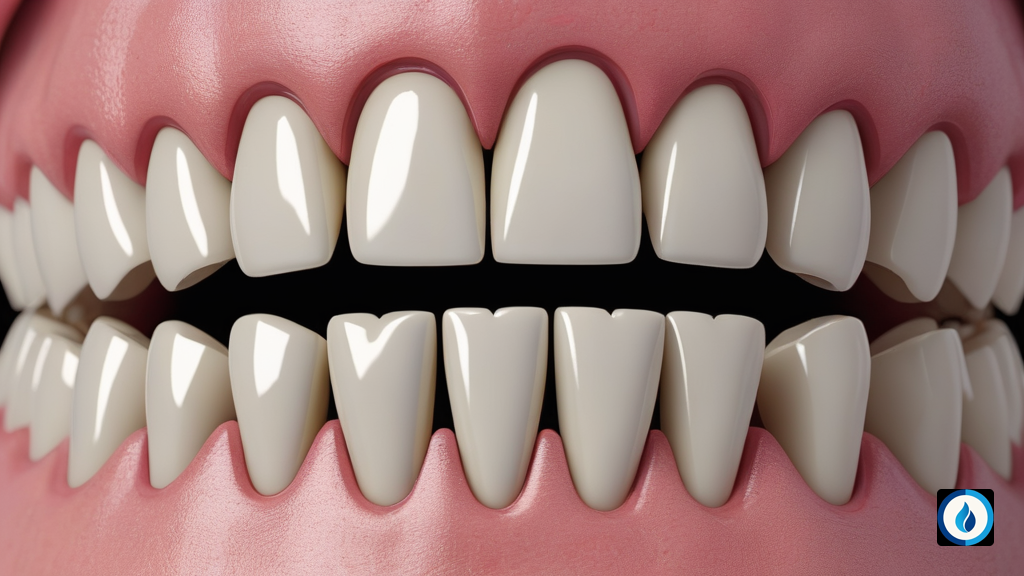Introduction: Unraveling the Complexities of Dental and Bone Tissue Analysis
Teeth and bones, intricate components of our skeletal system, demand specialized techniques for thorough analysis. Their highly mineralized nature necessitates a process called demineralization, a crucial step in unlocking the secrets these tissues hold.
Demineralization paves the way for detailed histological examinations, enabling scientists to delve into the cellular architecture, gene expression patterns, and protein profiles of these tissues.
The Quest for an Optimal Demineralization Method: Balancing Speed and Preservation
Traditionally, demineralization has been a time-consuming process, often requiring weeks of treatment. This extended timeline can pose challenges for researchers seeking to expedite their investigations.
Moreover, the choice of demineralization agent is paramount, as harsh chemicals can compromise the integrity of the tissues being studied. Striking a delicate balance between rapid demineralization and preservation of cellular components is essential.
A Novel Approach: Rapid Demineralization at Elevated Temperatures
Our research team embarked on a quest to develop an innovative demineralization method that would significantly reduce the time required while safeguarding the integrity of the tissues.
Through a series of meticulous experiments, we discovered that elevating the temperature during demineralization using the chelating agent EDTA (ethylenediaminetetraacetic acid) dramatically accelerated the process.
Specifically, we found that incubating mouse skulls in 0.1M EDTA at 42°C resulted in complete demineralization in just 5 days, a remarkable reduction compared to the conventional 10-day incubation period at room temperature.
Validating the Method: Preserving Enzyme Activity and Nucleic Acid Integrity
To ensure that our rapid demineralization method did not compromise the integrity of the tissues, we conducted rigorous tests to assess the preservation of enzyme activity and nucleic acid stability.
Using a transgenic mouse model expressing the LacZ gene (encoding the β-galactosidase enzyme) in teeth, we demonstrated that our method effectively maintained enzyme activity, allowing for accurate analysis of gene expression patterns.
Furthermore, we evaluated the stability of nucleic acids by performing RT-PCR (reverse transcription polymerase chain reaction) on RNA extracted from demineralized tissues. Our results revealed that elevated temperatures did not adversely affect the integrity of the RNA, ensuring the reliability of gene expression analysis.
Broad Applicability: A Versatile Tool for Diverse Research Endeavors
The rapid demineralization method we developed is not limited to the analysis of mouse skulls. Its versatility extends to a wide range of dental and skeletal tissues, including human teeth and bones.
This method can be seamlessly integrated into various research protocols, including histological staining, immunohistochemistry, and in-situ hybridization, providing researchers with a powerful tool to unravel the complexities of dental and bone biology.
Conclusion: Empowering Researchers with a Time-Saving, Tissue-Preserving Technique
Our innovative rapid demineralization method empowers researchers with a powerful tool that significantly reduces the time required for tissue preparation without compromising the integrity of the samples.
This method opens up new avenues for exploring the intricate world of dental and skeletal tissues, accelerating our understanding of their development, function, and potential therapeutic interventions for related diseases.
